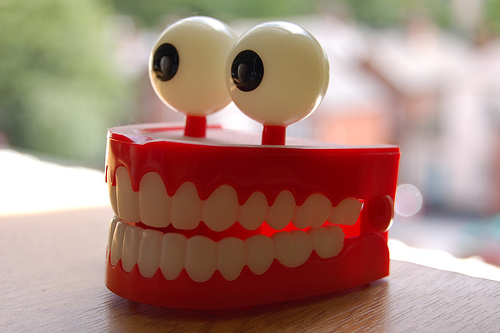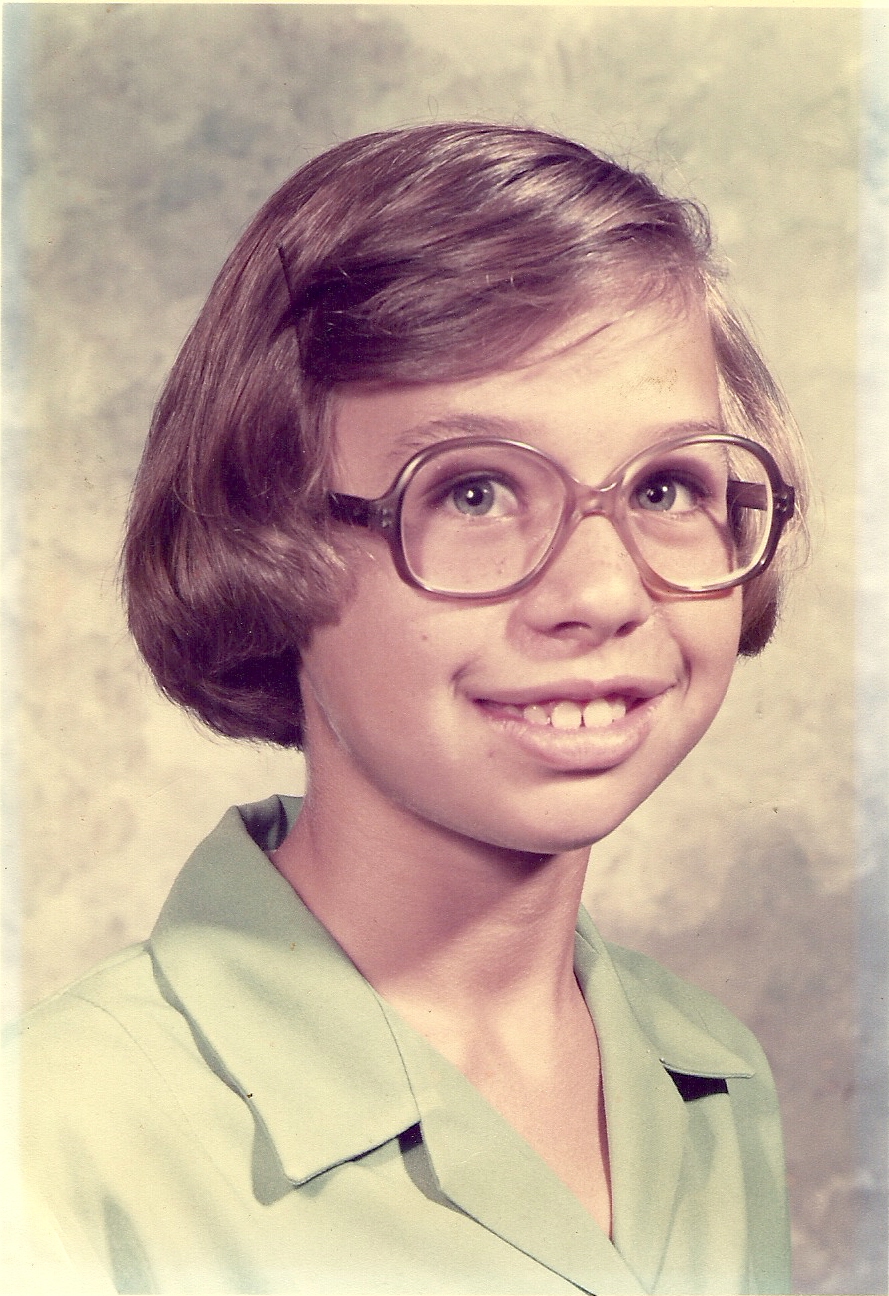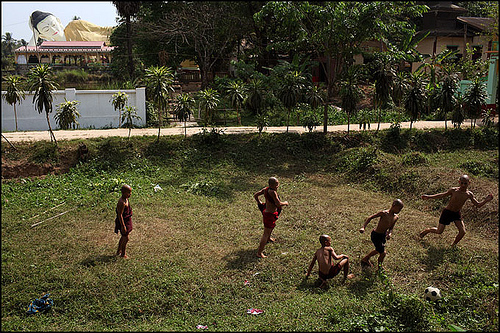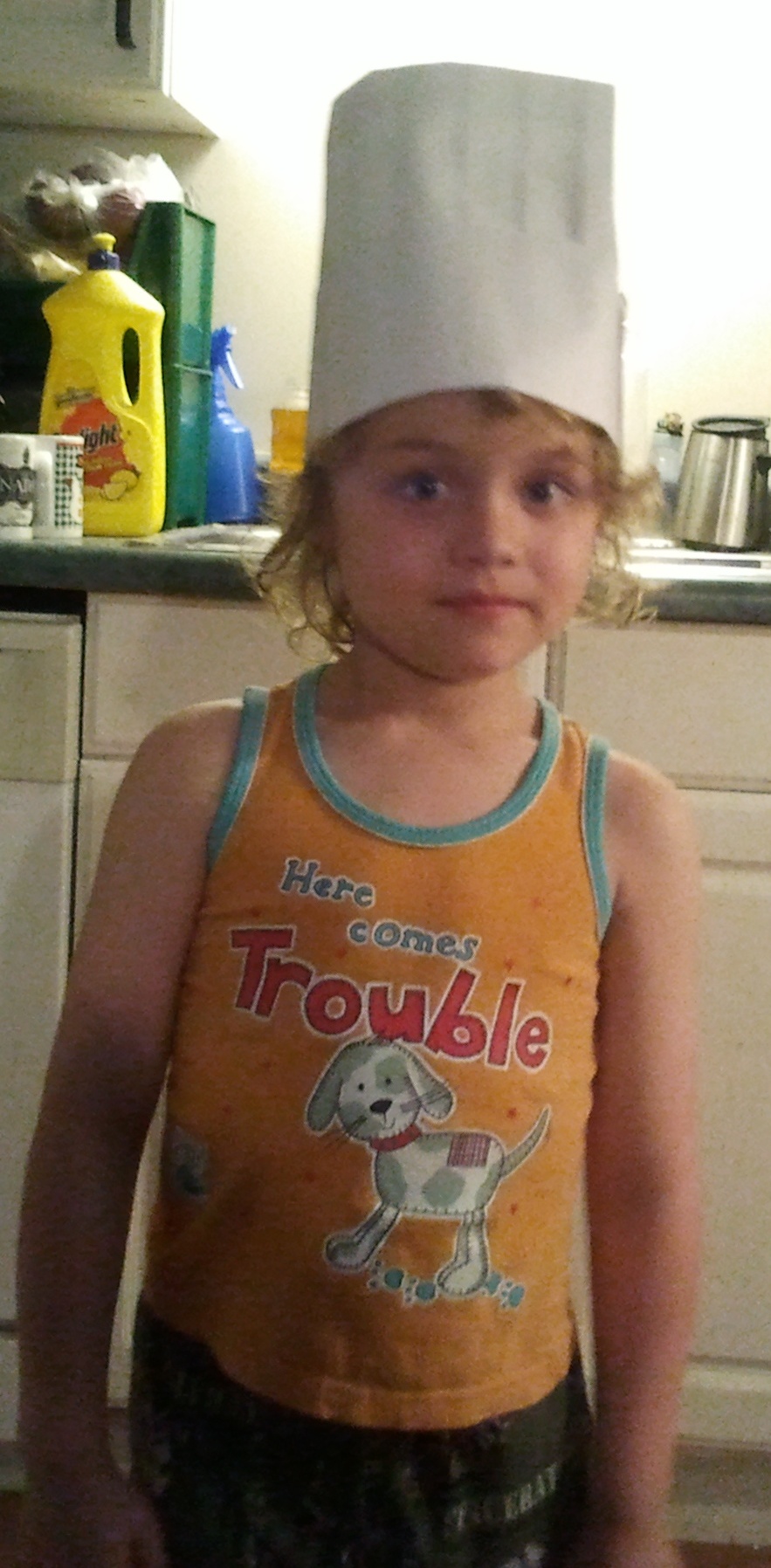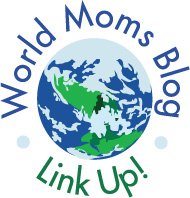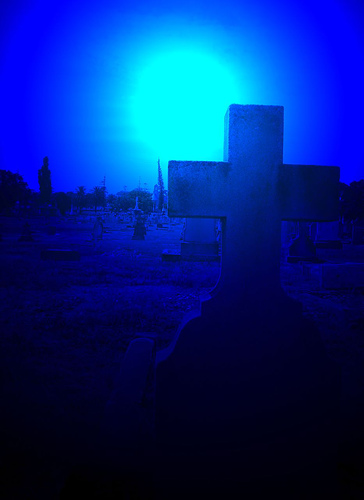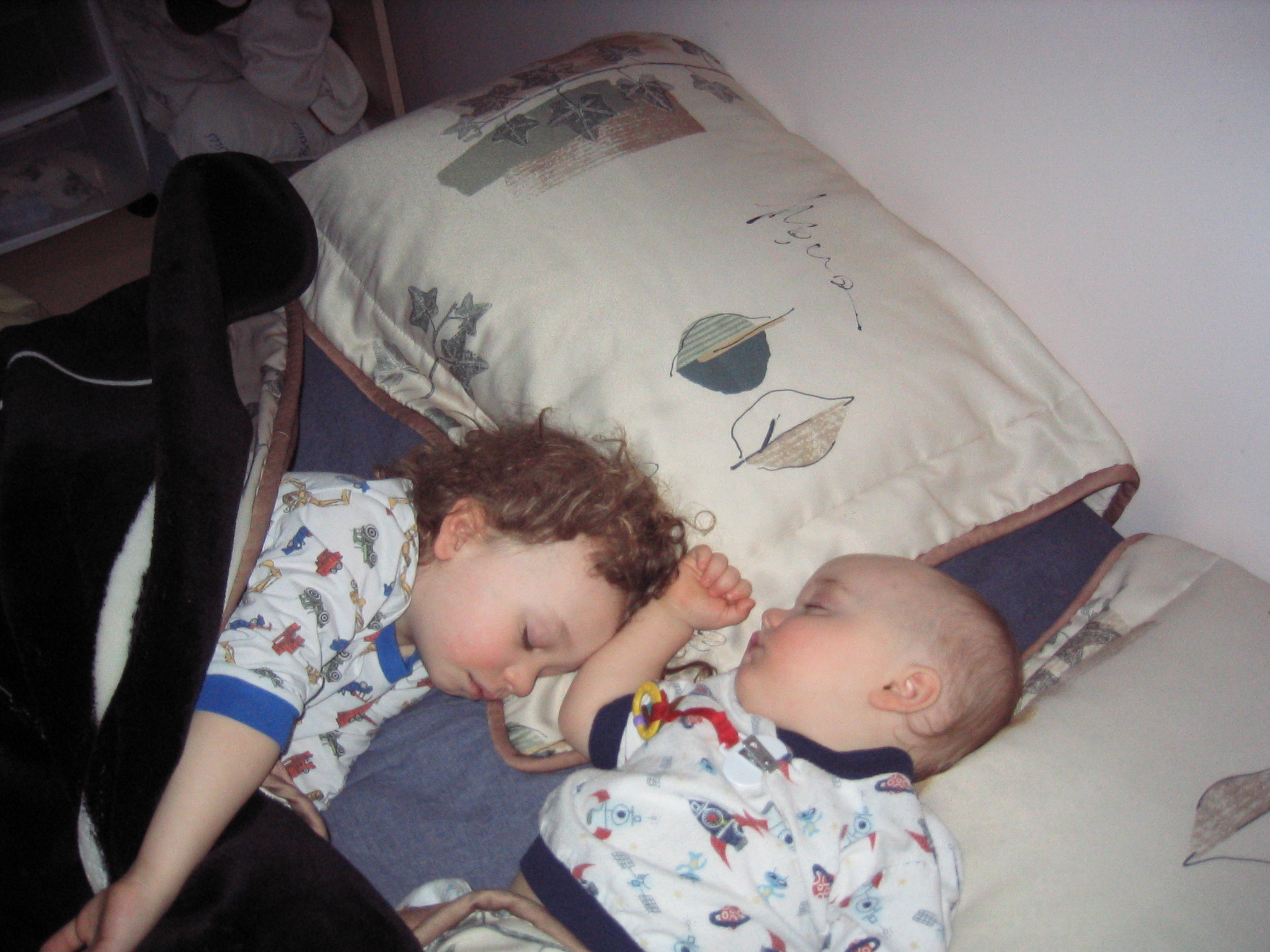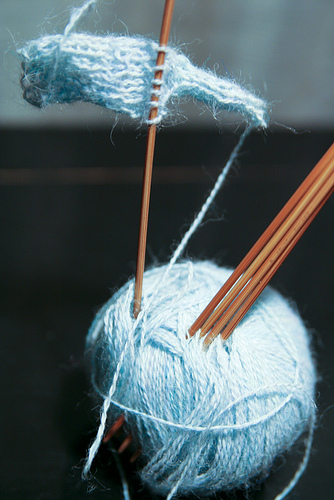I am participating in the 2012 Wordcount Blogathon, which means one post every day for the month of May.
I will never forget the day my firstborn son cut his first tooth. I had been expecting it for so long that I had almost given up waiting. I mean, the kid was eleven months old and we were starting to think he’d be some kind of toothless wonder.
On the day in question, we were at a music industry trade show with my husband. He was in the main exhibition area, doing whatever schmoozing he needed to do with potential clients and suppliers. I was in the large lobby area with George, listening to a music troupe play a set of traditional African music. People were milling around the crowd, handing out free African drums to the kids. The babies, like George, got African rattles: miniature drums on sticks that have beads attached to them by a piece of string.
George was initially non-responsive to this idea, so I accepted the rattle on his behalf. As soon as he saw how it worked, though, he made a grab for it, and as he opened his mouth in delight, there it was. A tiny little pearly white blip peeking through his gum.
He may have been late getting his first tooth, but he certainly made up for lost time. The poor kid averaged one tooth every three days or so, which was not fun for anyone in the family.
A couple of years later, I got to do it all again, this time with my younger son James. I feel oddly guilty that I don’t remember the appearance of his first tooth (masters of guilt, we moms – we outdo even the Catholics in the guilt department). I do remember that James teethed earlier than George had, at about seven months, and his second and subsequent teeth took a lot longer to show up. There was one time, when James had four or five teeth, when nothing happened for about two months, and I was thinking, “Come on, already!”
Eventually my kids each had a full complement of teeth. Now the next inevitable wait began: when would George start to lose his teeth?
His first loose tooth wobbled around precariously for weeks. We were waiting and waiting for this thing to just give it up and fall out, but it hung on stubbornly, seemingly by no more than a thread. Eventually he lost it, the day before he turned seven. He was biting into his sandwich at the centre where he was receiving IBI therapy, and the tooth just popped out and landed on the table in front of him.
He lost his teeth in much same way he had gained them. Teeth were falling out left, right and centre, and after about a month George looked like a fourteenth-century sailor with scurvy. But with time, the new teeth grew in to replace the old.
At almost nine, he just has a couple more teeth to go. It was initially hard for this sensory-sensitive autistic child to be losing his teeth, but by now he is so used to it that he barely notices it.
When he lost the most recent tooth, there was trouble – not from him, but from his little brother, who is now six. As George wandered around the house looking all gappy-mouthed, I found James weeping quietly in his room.
“What’s the matter?” I asked him.
“George’s tooth fell out and mine didn’t,” he sobbed, as if someone had just stabbed his favourite teddy bear.
“Don’t worry,” I soothed. “Your teeth will start falling out any day now.”
“But I want to have a gap like my brother!”
Try as I might, I couldn’t comfort this kid. I had to let him cry it out. I mean, what was I going to do, yank out one of his teeth?
Three days later, James got his first loose tooth. It hung on for weeks, much like George’s first loose tooth had. For the whole time, James was planning what he was going to do with the money the tooth fairy left for him. To hear the kid talk, you would have thought he was going to get a thousand dollars. I know inflation has hit the tooth fairy since my childhood days, but not quite to that extent.
Finally – finally – the tooth fell out two days ago. It was a near-disaster, though, because James accidentally swallowed it and therefore did not have it to leave for the tooth fairy. Thanks to modern technology, I was able to come up with a mitigation plan: I took a picture of the gap and saved it to my computer. I attached it to a blank email form and told James that if I emailed the picture to the tooth fairy, he would surely get his reward. I even made up an email address. gappysmile@toothfairy.com.
The following morning, James woke up and stumbled sleepily to me while I was getting ready for work, the way he always does. He sat on my lap, and I enjoyed the feeling of him snuggling up to me with his head on my shoulder. All of a sudden, he sat up straight, his little body quivering with alertness. He gasped as if he had forgotten something, and then he slithered off my lap and ran to his room. His eyes were bright with excitement as he ran back to me, holding up the shiny two-dollar coin that the tooth fairy had left under his pillow.
He clambered back onto my lap, and although George’s gaps have long since filled in, James said contentedly, “Now I have a gap. I’m just like my big brother.”
And still clutching his two-dollar coin, he went back to sleep, with dreams of his brother dancing through his head.





